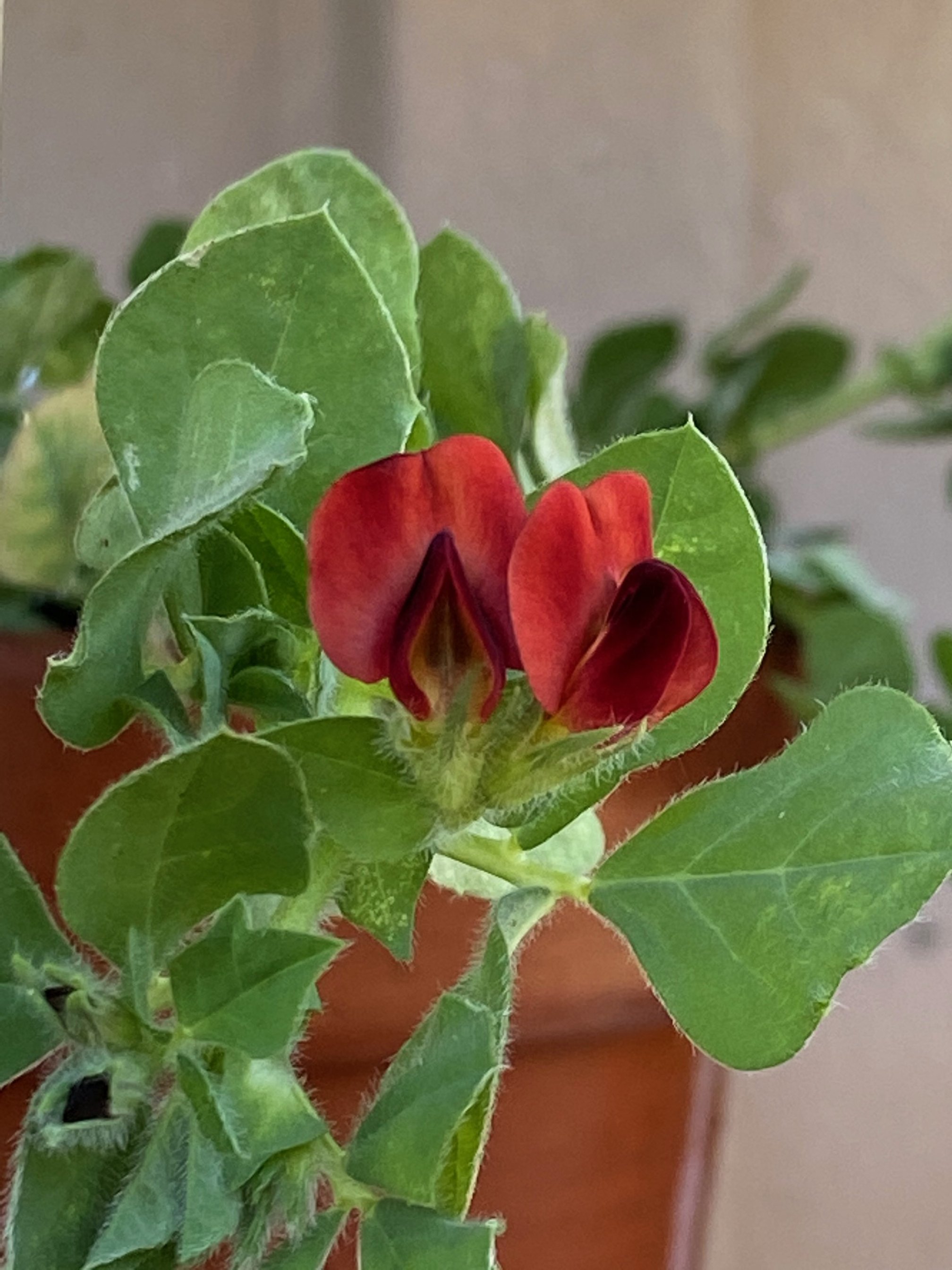Winged Asparagus Pea
Winged Asparagus Pea
WINGED ASPARAGUS PEA SEEDS
Lotus tetragonolobus
ORGANIC & BIODYNAMIC
The confusion surrounding so-called “asparagus peas" and “asparagus beans”, or “winged peas" and “winged beans", is advanced. Some catalogs list vining cowpeas (Vigna unguiculata) as “asparagus beans”, but we would never. As for the “winged” varieties, there are two distinct species typically available to gardeners. Their stature and culture are different, and botanical identity slippery, but their flowers are remarkable and easily distinguished. Winged Asparagus Peas have red flowers.
Native to southern Europe (some sources specify Sicily), this species produces a profusion of gorgeous blood red flowers, for which it was cultivated as an ornamental in European gardens since at least 1596. Growing to just 1' or so, this rather prostrate plant is happy in ordinary garden soil and can be grown in containers or atop a garden wall to great effect.
The red flowers of this plant give way to edible four-sided winged pods that should be picked promptly as their culinary value is diminshed significantly if allowed to grow more than an inch or two. Even if the pods will not be eaten, picking them will encourage more flowers. These pods may be lightly steamed or stir-fried, but should most certainly be cooked. The flowers, too, are edible and make a striking garnish.
Culture is easy, and similar to most warm-weather annuals: soak seeds overnight in warm water before sowing indoors or out in warm, moist, well-drained soil, about 1/4" deep. Kept warm (70°F) and moist in bright light seeds should germinate in a week or two. Harden off before transplanting outdoors in full sun and well-drained soil. Water thoroughly until established, then only occasionally. Plants prefer soil on the dry side. An excellent candidate for container culture, their prostrate growth has a lovely cascading habit. Whether in the ground or in a pot, keep pods picked for best performance.
Similarly to other legumes, plants may be left in the garden over the winter, and only their top growth removed during cleanup. The nitrogen-fixing roots may benefit subsequent crops.
Packet contains at least 20 seeds.
